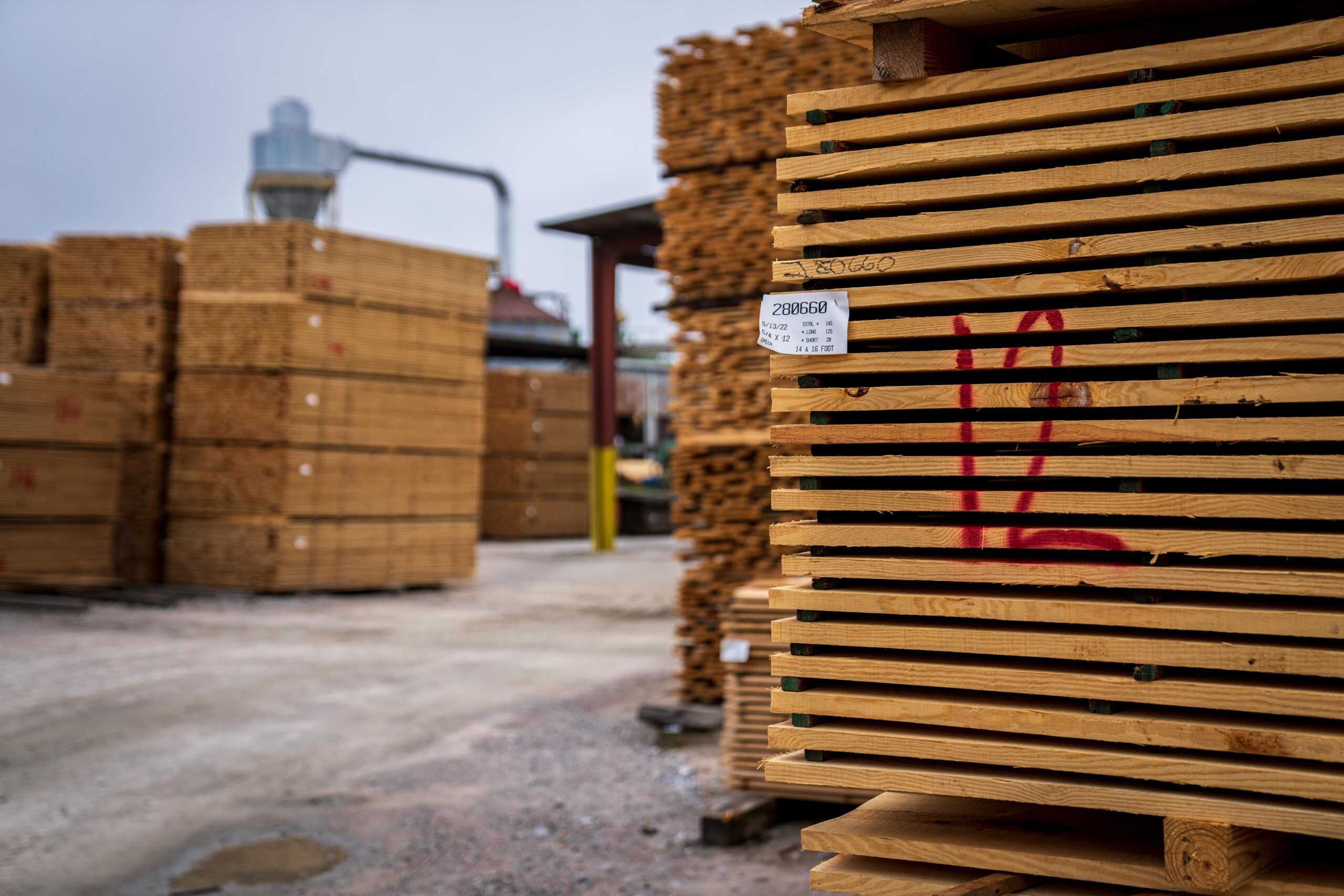While Commonwealth Plywood's sawmill in Rapides-des-Joachims, Quebec, is still operating in 2025, its original plan to close in December did not come to fruition, according to the Pontiac Journal. However, the sawmill's long-term future remains uncertain as the company evaluates its viability on a monthly basis. While the sawmill's continued operation has brought relief to the local community, it still faces a number of significant challenges.
Joël Quevillon, Commonwealth Plywood’s vice president of forestry, outlined the key factors influencing the sawmill’s future: “We review the situation on a monthly basis, but we expect to be able to operate continuously into the spring. Our ability to operate depends on the availability of fiber, the cost of fiber, the market price of our products – primarily white and red pine – and the performance of the sawmill.” He noted that improved performance at the end of 2024 allowed operations to continue into the new year.
Quevillon described how external pressures made it difficult for sawmills to remain sustainable. "The Quebec government withdrew an important contribution to forest road construction from the Program for the Rehabilitation of Waterways in Forest Environments (PRCCM) and the PRCM program. This decision was made during the most difficult period for the market and significantly increased supply costs," he explained. "At the same time, our fiber quota has been reduced by more than 30% in recent years, which has further limited our production capacity."
While the company did not apply for financial assistance, Quevillon acknowledged the current fragile situation. “We had to issue closure notices to employees because the necessary changes did not happen in time,” he said, adding that the company is working with the provincial Ministry of Natural Resources and Forests’ committee to address these challenges.
To make matters worse, the United States may impose new tariffs on Canadian softwood lumber, which could further increase pressure on the industry, reduce demand and squeeze profit margins.
LumberFlow Expert Interpretation
This news reflects the multiple challenges facing the Canadian sawmill industry, especially the impact on Chinese importers. Due to supply chain risks and potential tariffs, importers need to be more cautious in their purchasing decisions. As market prices fluctuate, a stable supply of wood becomes increasingly important. Chinese importers should pay close attention to these developments in order to make wise purchasing choices in a complex market environment.





